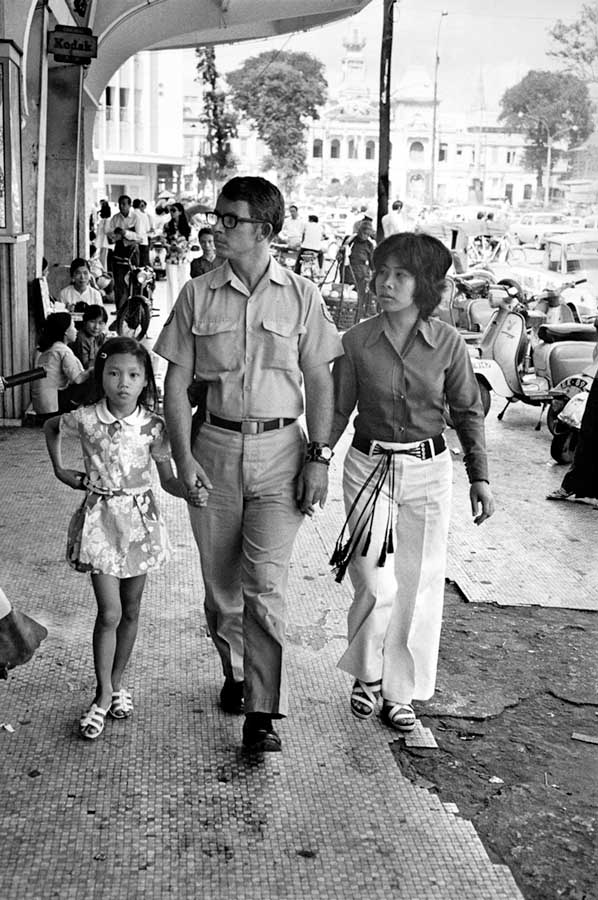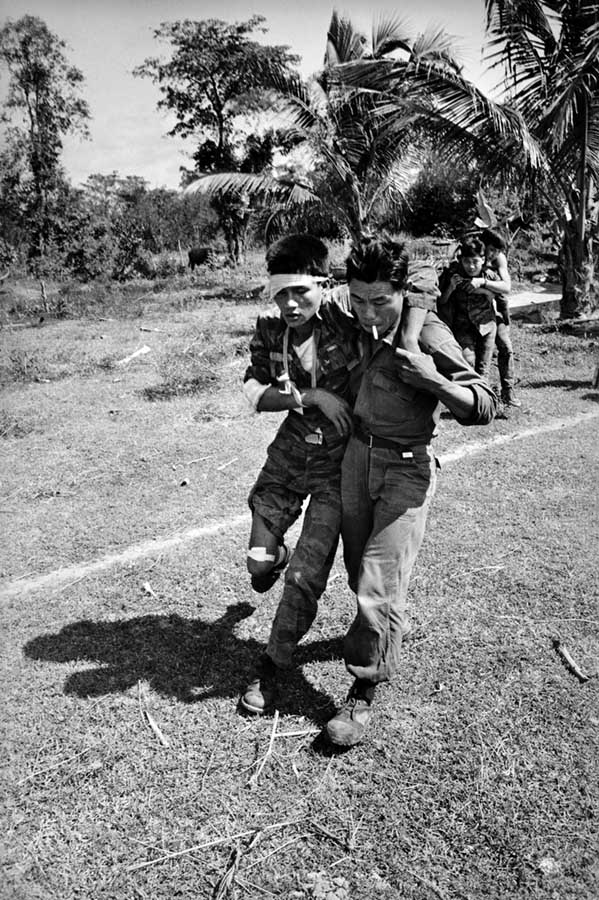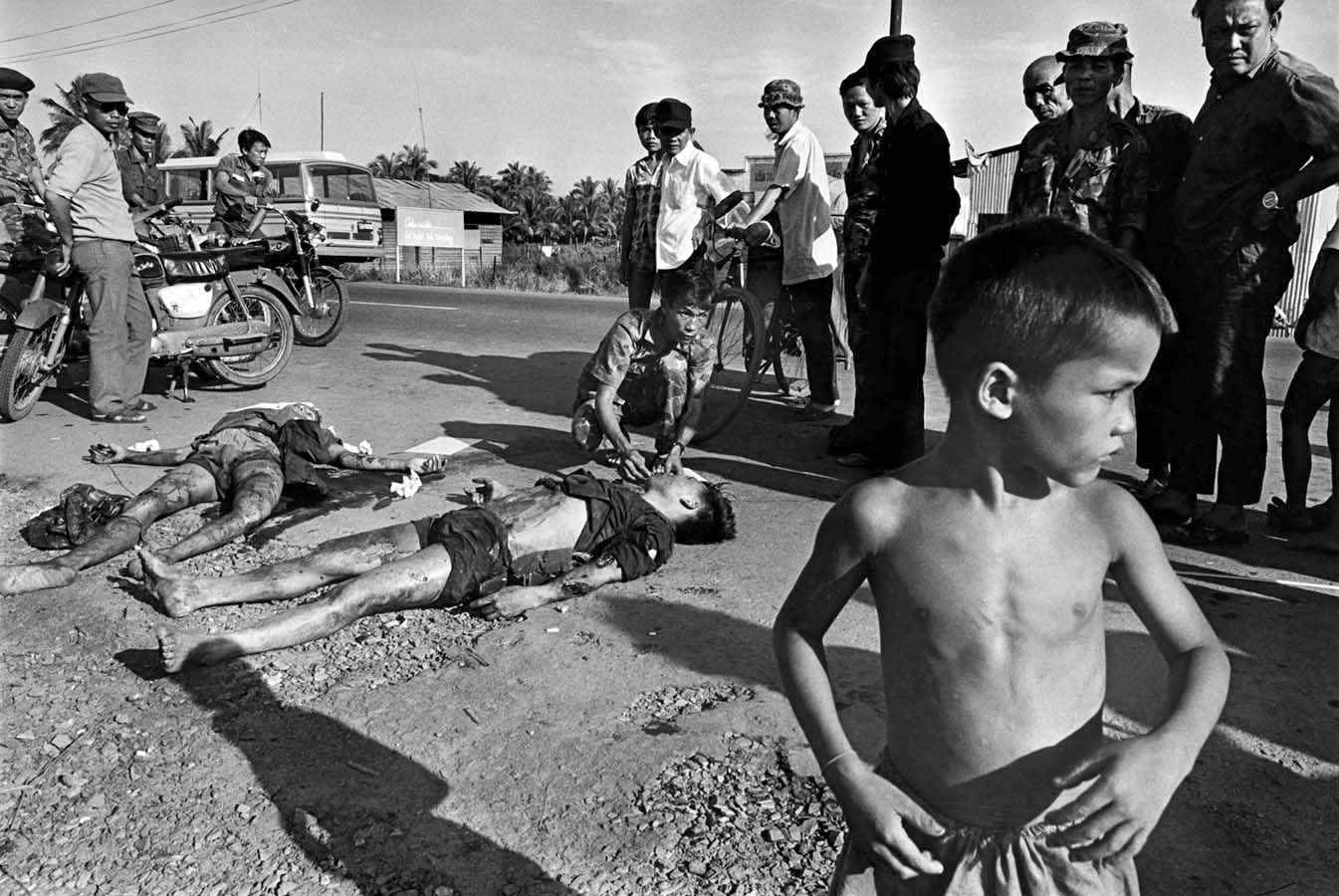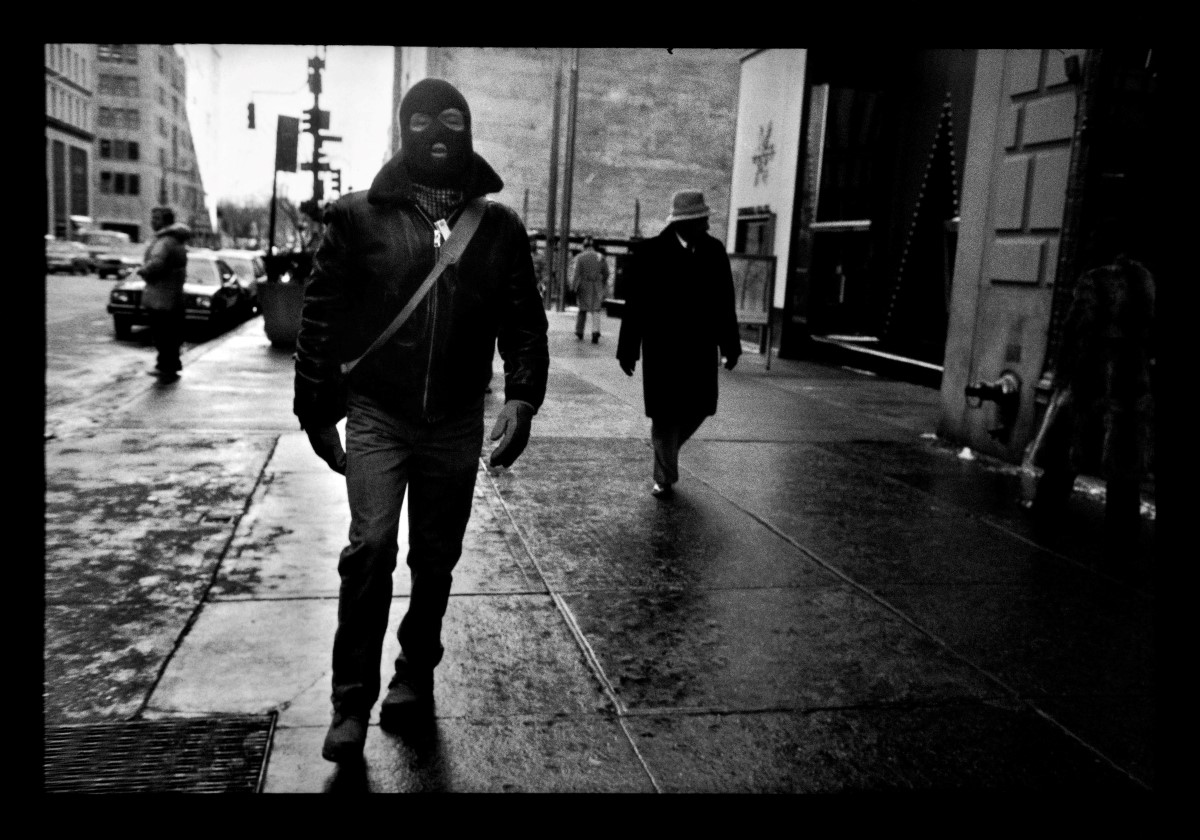
from Manhattan Out @ Raymond Depardon and courtesy Steidl
What exists of the sensual atmosphere is counterbalanced by scenes like street-side school for teaching the newly-blind how to walk and the mangled bodies, living and dead, just hanging around.
By Owen Campbell, ASX, September 2015
2015’s Adieu Saigon is a collection of images shot in Vietnam, where Depardon began working as a photojournalist at 22. It is a small, thick book interspersed with short passages of context and recollection written by Depardon. Adieu Saigon defies the expectations the title might produce; overall there are very few images of the act of war, but many of life during wartime in the city of Saigon.
There are a surprising amount of couples walking the boulevards or riding two to a motorcycle. Depardon’s writing also hints of the erotic landscape that exists in the imagination of western visitors to so many tropical colonial destinations. He writes about going on a date with the front desk girl from his hotel, he calls her prudish because she wore a traditional dress and went right home after the movie but a horny hanger-on of an imperial power’s invading army could do worse, I suppose, than get rejected by a teenager. And there’s the bug-eyed American GI who walks hand-in-hand with a Vietnamese lady, cigarette hanging loosely in his free hand. In one photo he struggles to keep his eyes open to maintain his thousand-mile stare; in the other he looks right into the lens, his expression could mean anything. It probably means he wants heroin.
What exists of the sensual atmosphere is counterbalanced by scenes like street-side school for teaching the newly-blind how to walk and the mangled bodies, living and dead, just hanging around. Still, Saigon a city on the brink of falling to the Vietcong feels more alive than the New York of Depardon’s Manhattan Out (2008). Perhaps under greater pressure and with higher stakes, it is less taboo to wear your own expression unmasked. Even the American GI’s seem more at ease than the New Yorkers in Manhattan Out. There is also a key technical difference: a 21mm lens like the one Depardon shot with in New York will cause distortion, making the background to seem to wrap behind a subject in the foreground creating a heightened sense of isolation.
Manhattan Out in the chronology of Depardon’s life, follows a few decades spent in and out of conflict zones and more recently an extended period in a mental hospital where he photographed the patients. After work on that project Depardon went to NYC with no real plan and passed the days by walking the city, snapping photos with a super wide-angle Leica M21 lens. When he got them developed, he writes, he didn’t like them and put them away for the next thirty years or so.
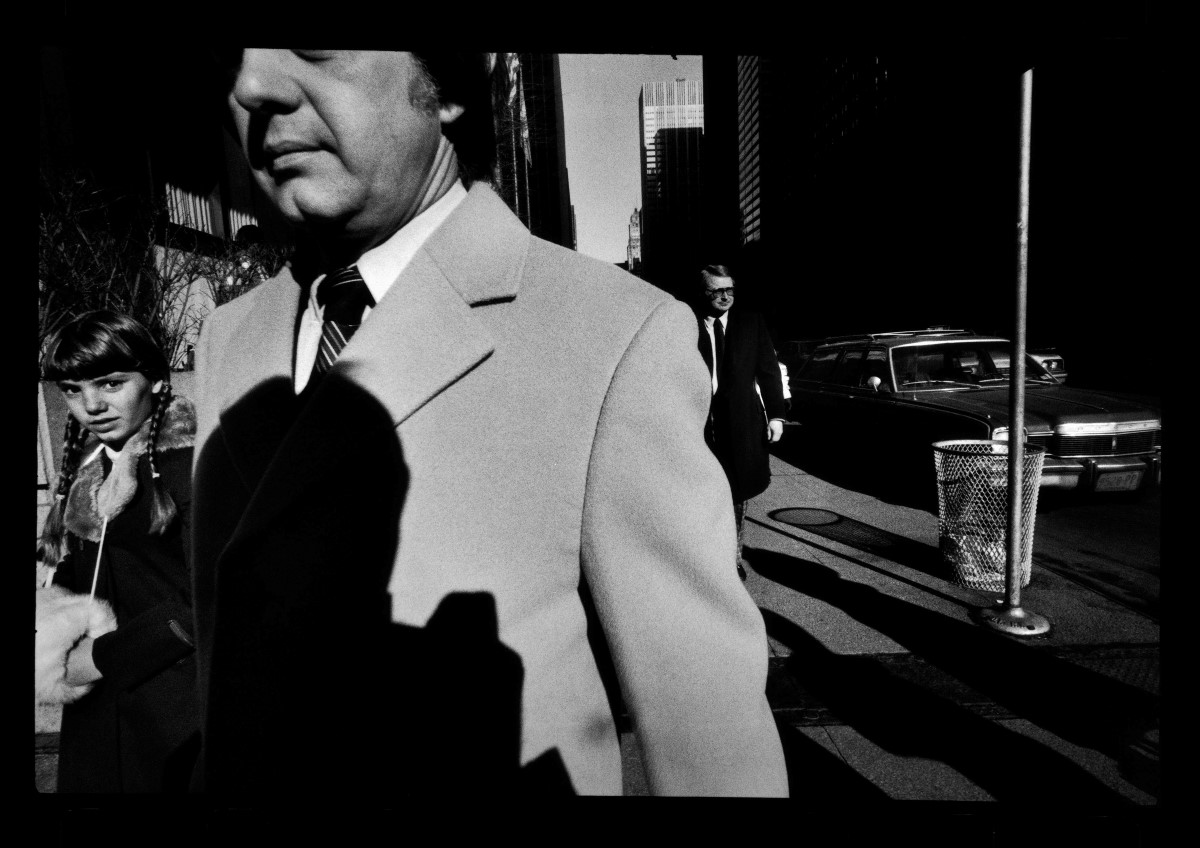
from Manhattan Out @ Raymond Depardon and courtesy Steidl
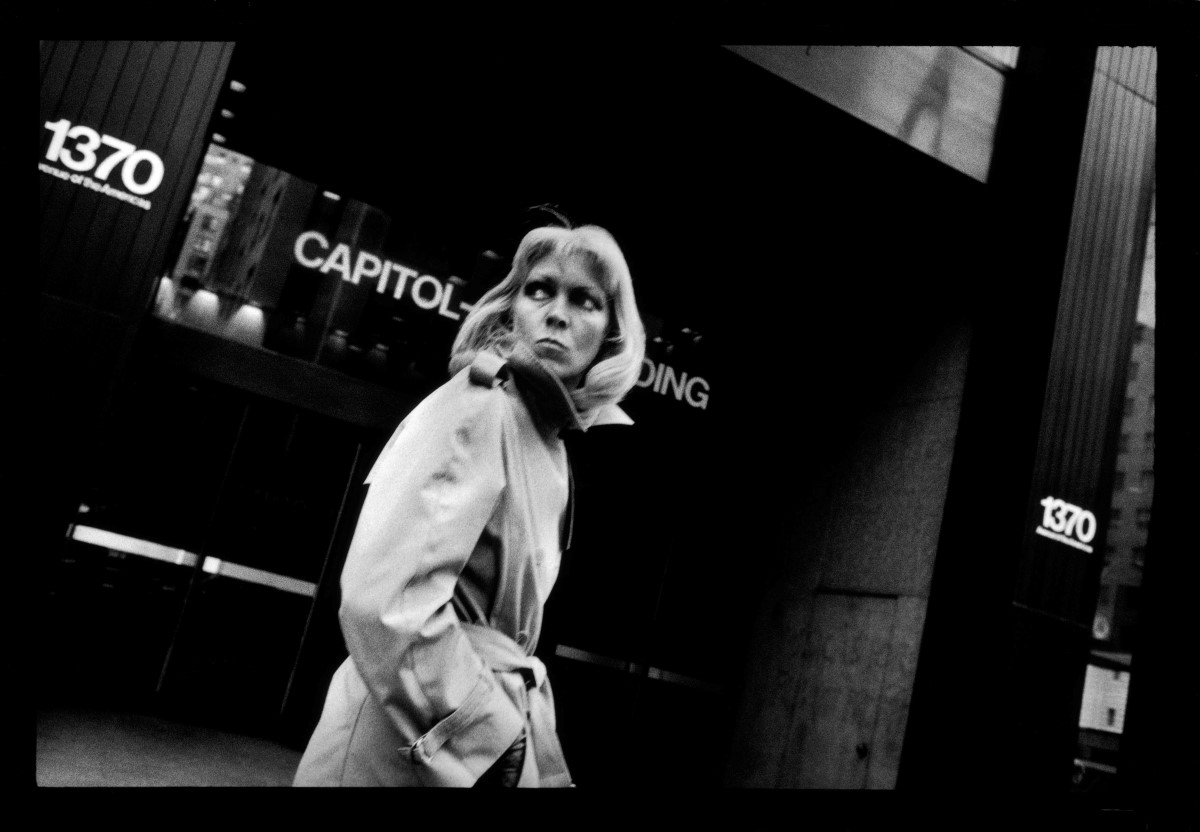
from Manhattan Out @ Raymond Depardon and courtesy Steidl
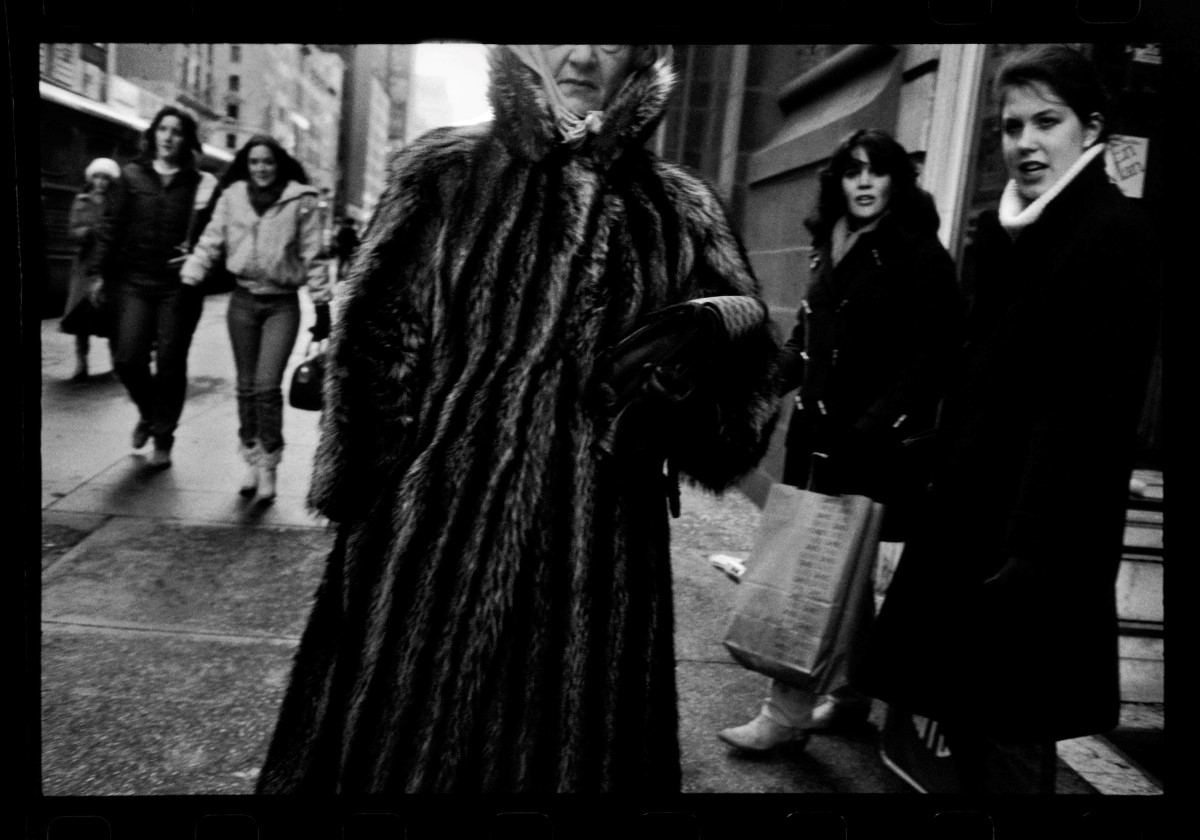
from Manhattan Out @ Raymond Depardon and courtesy Steidl
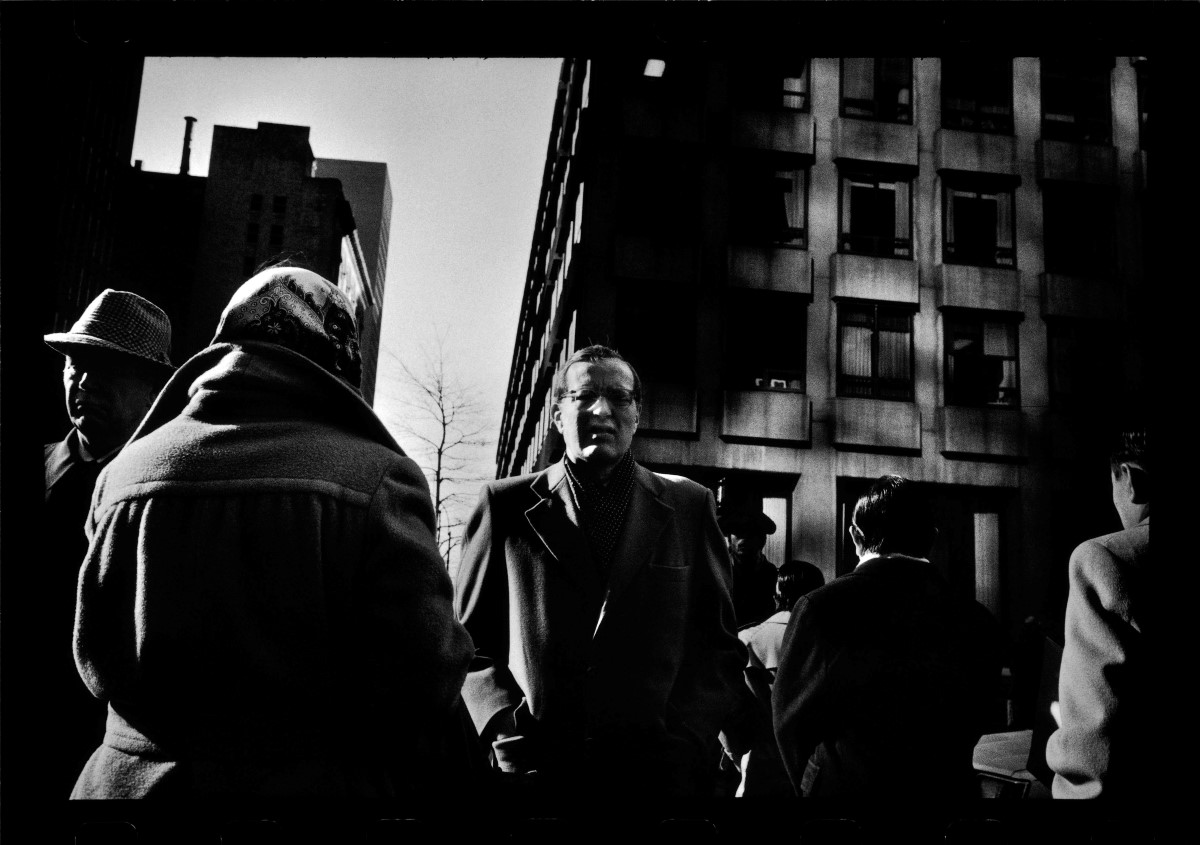
from Manhattan Out @ Raymond Depardon and courtesy Steidl
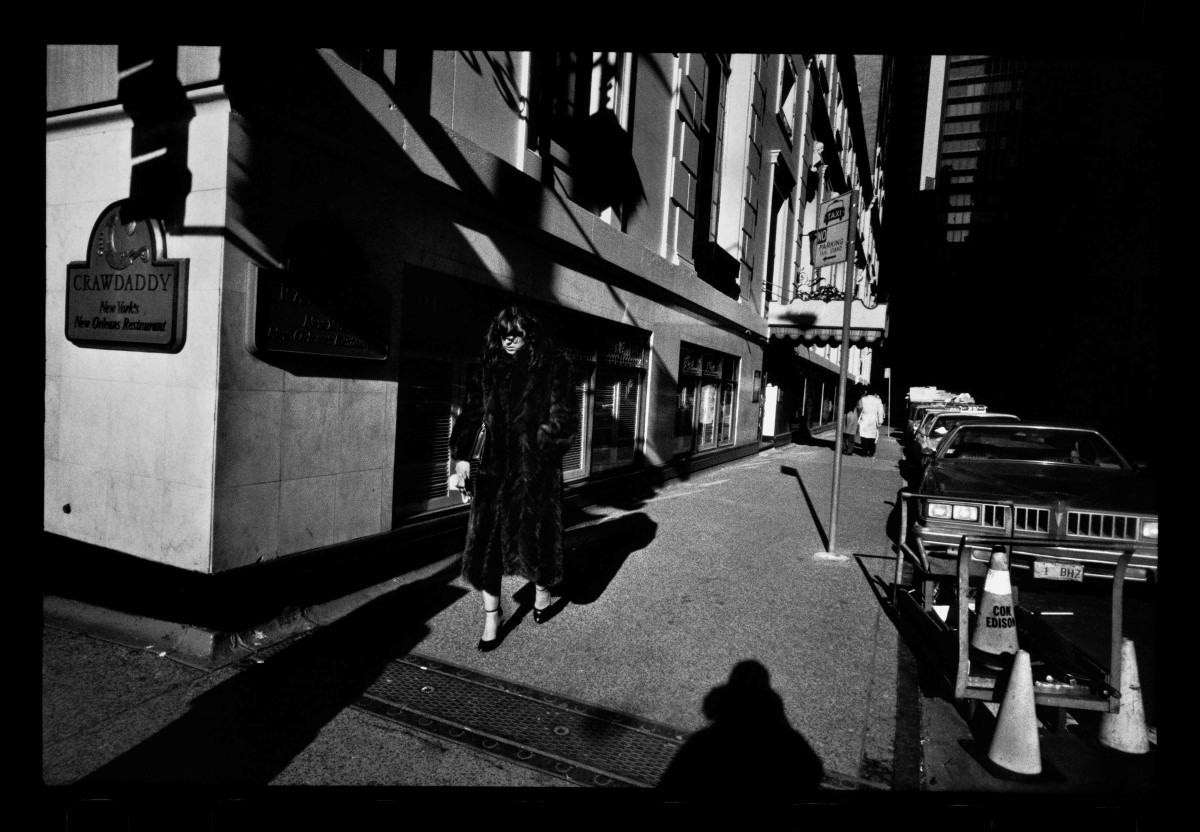
from Manhattan Out @ Raymond Depardon and courtesy Steidl
Manhattan Out in the chronology of Depardon’s life, follows a few decades spent in and out of conflict zones and more recently an extended stay in a mental hospital.
I can understand why, initially, Depardon would not care for these photos. They lack the immediacy of conflict photography, yet they’re also free of the baggage of that genre: its porous border with war tourism. But images mature over the years, especially as the meaning of style changes and Manhattan Out is as much as anything else a registry of dated semiotics. In Manhattan Out the semiotics of style – these shoulder pads tell you I’m an important working lady, like this sexless mackintosh lets you know I’m a sober-minded business individual – mix with the expressive qualities of physical presentation – the aggressive stride and defensive posture of midtown Manhattan. It’s not just shoulder pads, nearly everything is a form of armor: helmet hair and fur coats, thick faces, sunglasses, suspicious eyes or hard shadows under the brow. The book is rich as a time capsule; still, it produces a cautious enjoyment, never entirely inseparable from the question of how much of this is really interesting and how much is nostalgia, which reliably tells more about the viewer and her present than an image can account for the past.
Steidl
Steidl
(All rights reserved. Text @ ASX. Images @ Raymond Depardon and couresy of Steidl.)


